Middle English Phonology
1/8
There's no tags or description
Looks like no tags are added yet.
Name | Mastery | Learn | Test | Matching | Spaced |
|---|
No study sessions yet.
9 Terms
Old English Vowels
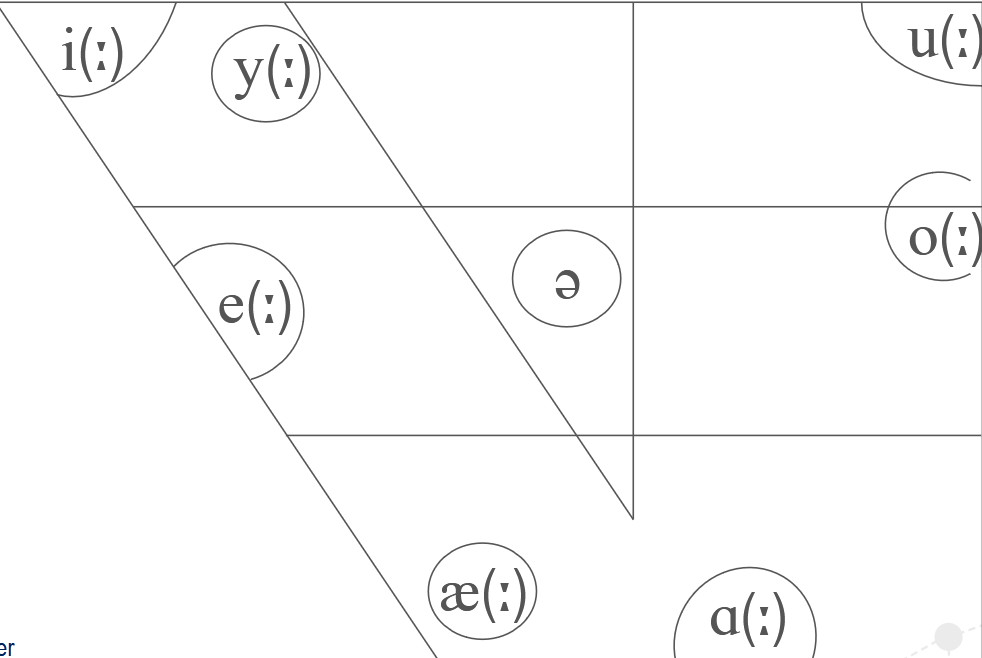
Middle English Vowels
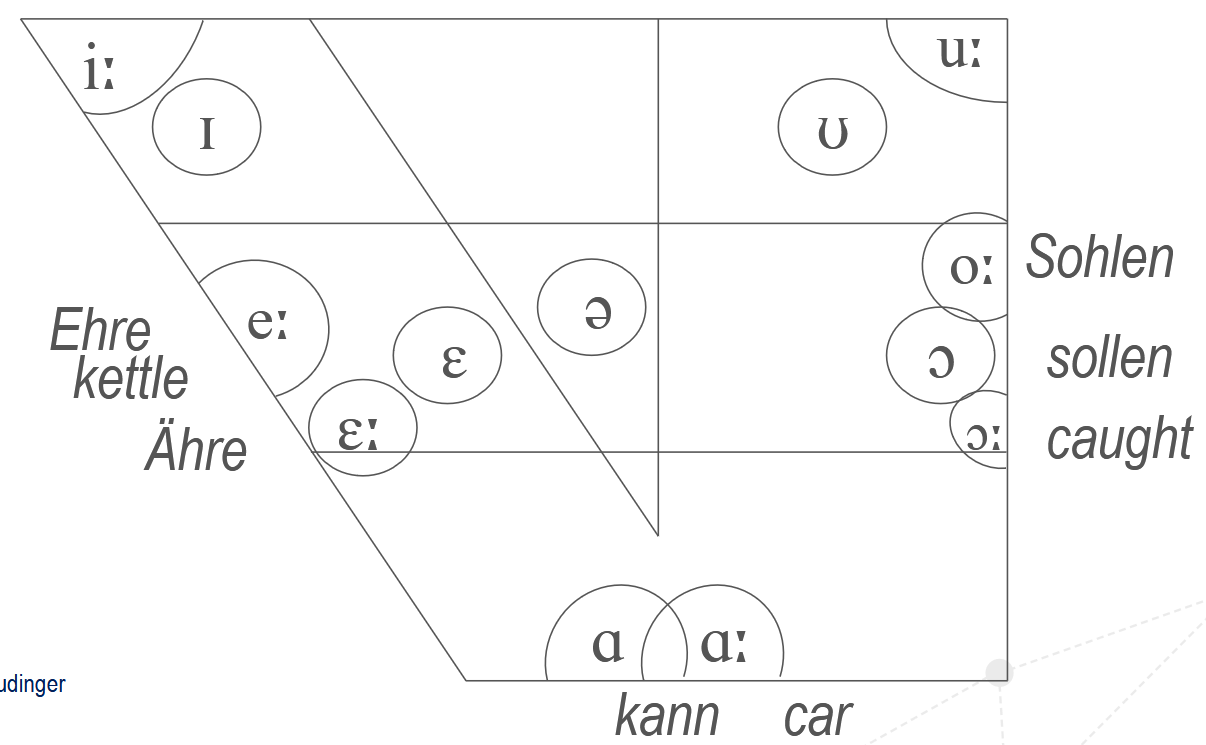
südhumbrische Verdumpfung
/ɑ:/ to /ɔ:/ change
Old English: stān
Middle English: ston/stone
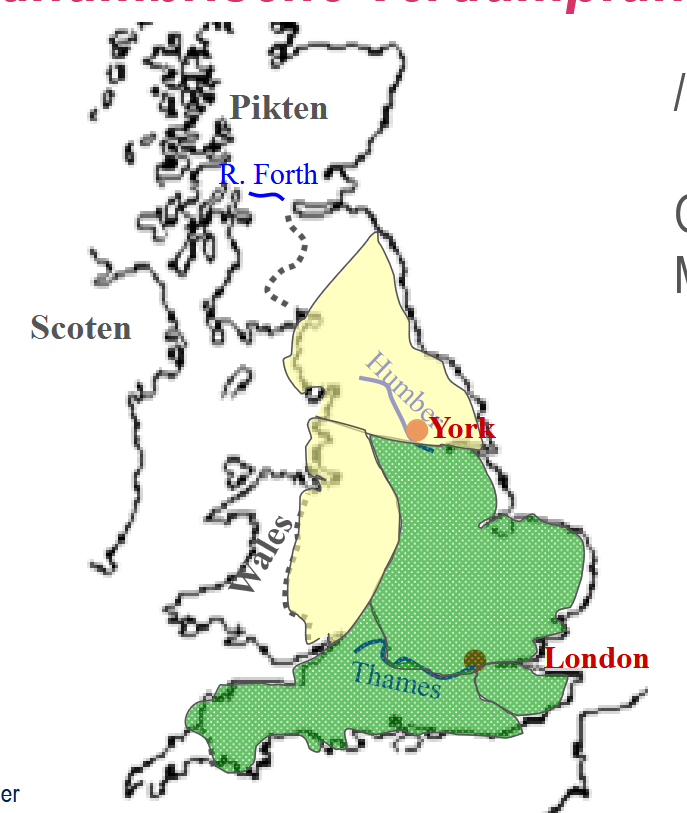
why words in Middle English with /a:/?
1. French words with similar vowel quality:
Middle English blame from French blâmer (ModE. to blame)
Middle English lac from French lac (ModE lake)
2. Old English /ɑ/ was lengthened to /ɑː/:
Old English bacan – Middle English baken
Old English lana – Middle English lane
Old English nama – Middle English name
Old English tacan – Middle English taken
• Diphthong /eɪ/ in ModE is indication for Middle English /ɑ:/
homorganic sounds
lengthening of short unstressed vowels if certain consonants followed
Short vowel was followed by liquid or nasal + homorganic sound
Homorganic sounds: same place of articulation
• Examples for homorganic sounds
- Liquid: /l/ and /d/
- Nasal: /m/ and /b/, /n/ and /d
Lengthening did not take place if a third consonant followed: in childrene the two homorganic sounds /ld/ are followed by /r/
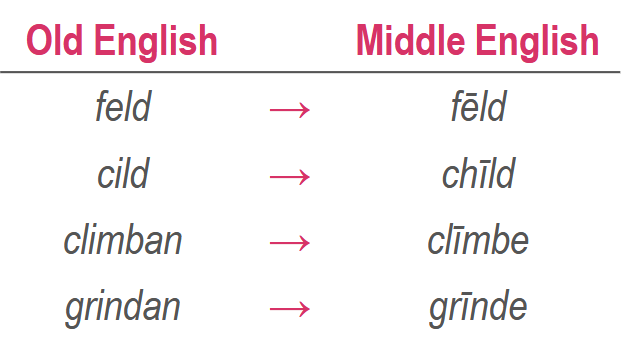
Old English Consonants
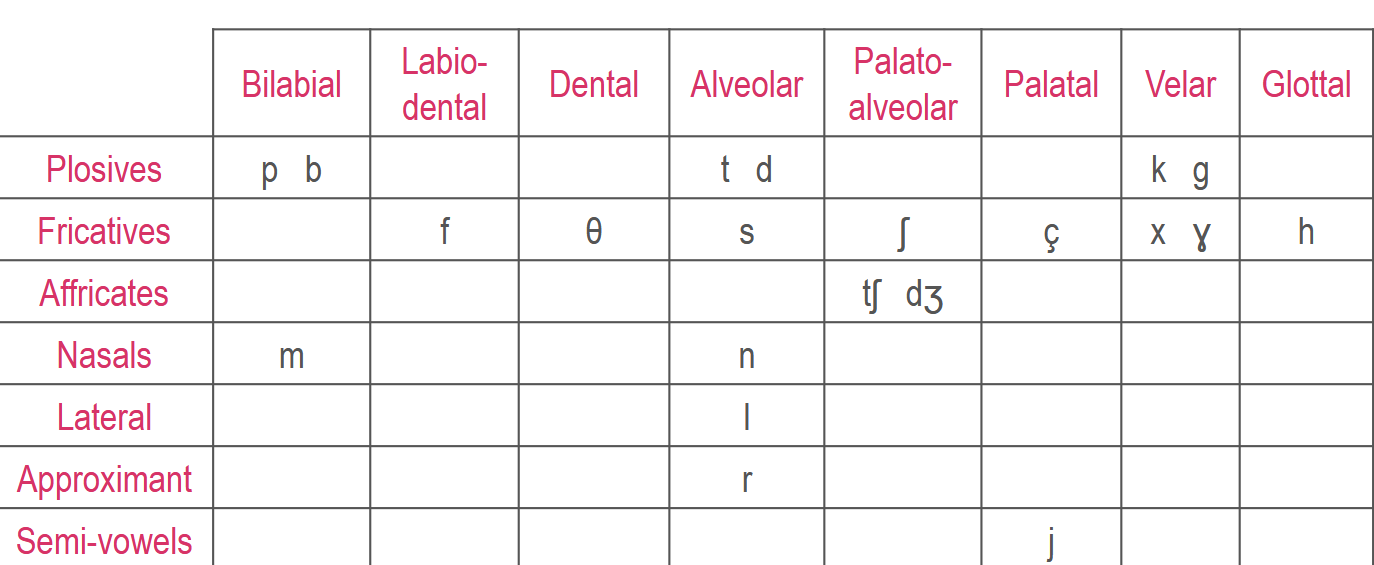
Middle English Consonants
changes:
<f – v>: Old English ofer, Middle English over /ɔːvər/
Old English wīfes, Middle English wives
<s – z>: Middle English zel /zɛːl/ (Modern English zeal)
Middle English sele /sɛːl/ (Modern English seal)
loss of ɣ: broghte → brout

combination of phonemes
<h> in word-initial clusters: <hw>, <hl>, <hn> or <hr>
• Was not pronounced any longer
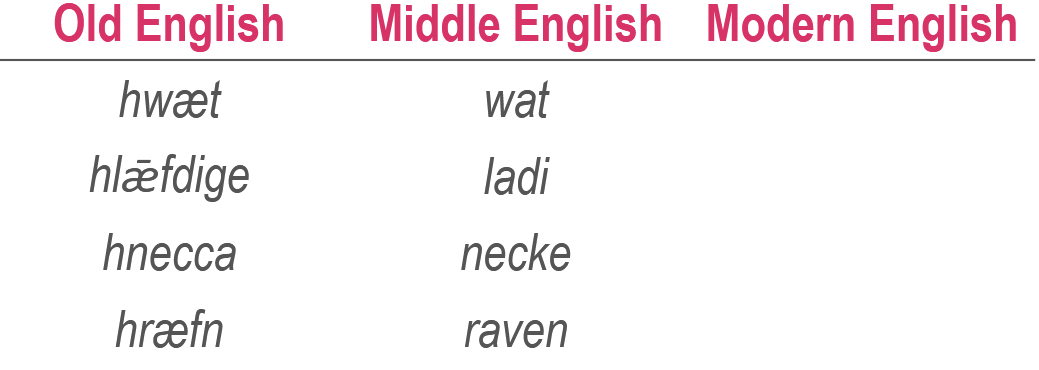
spelling and pronounciation
Spelling became fixed from 15th century onwards
Important influence: printing press
Since 15th century: hardly any change in the spelling
From Middle English onwards: major changes in the pronunciation
This explains the discrepancy between ModE spelling and pronunciation
Modern English speaking = Middle English spelling = Middle English Pronounciation
